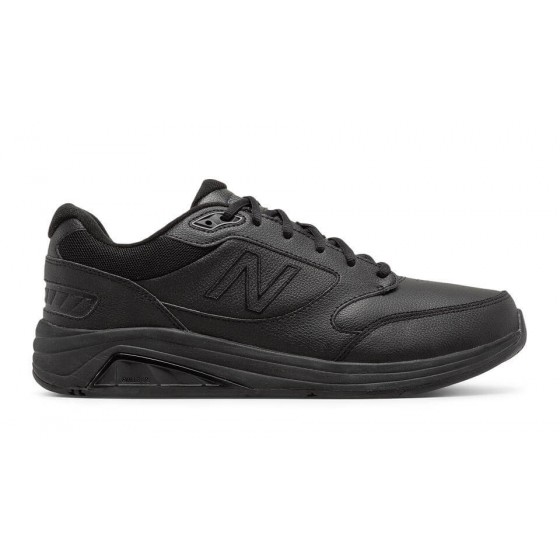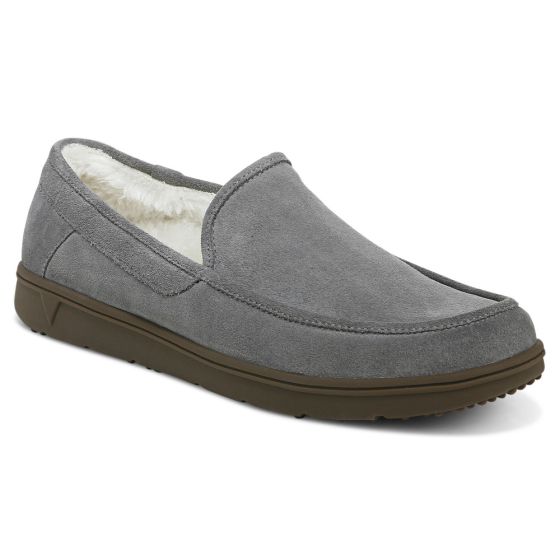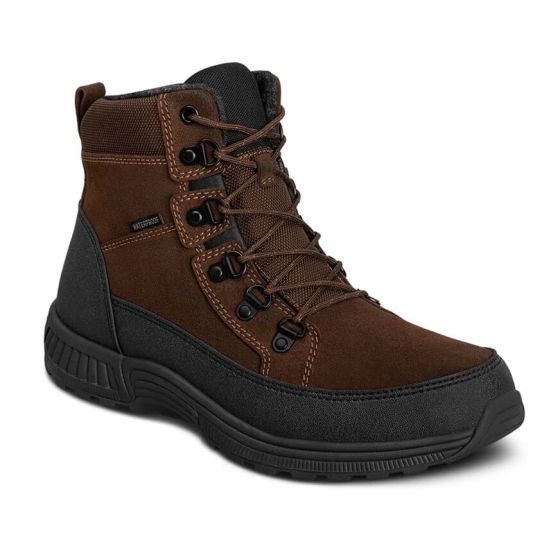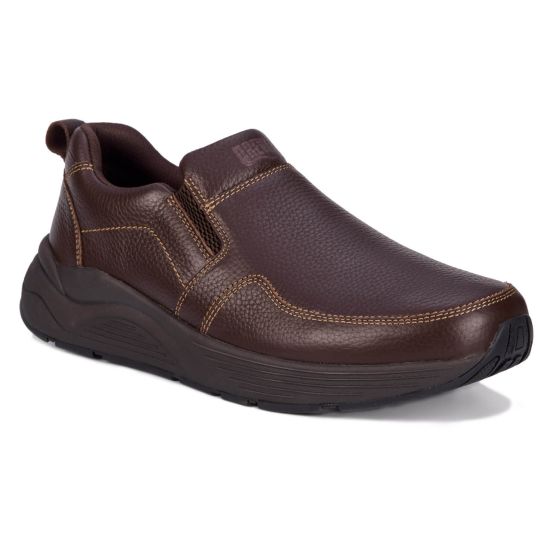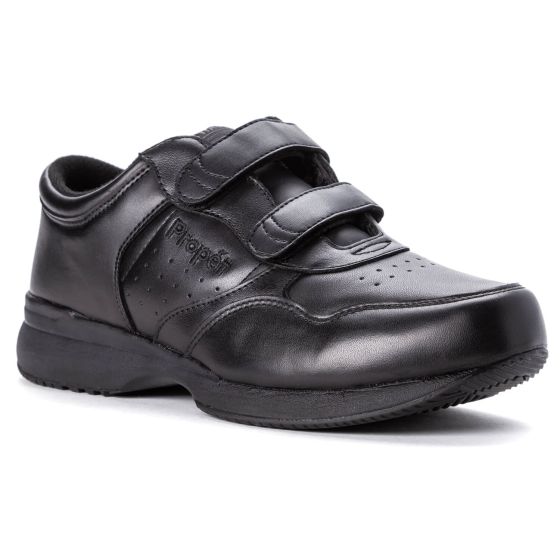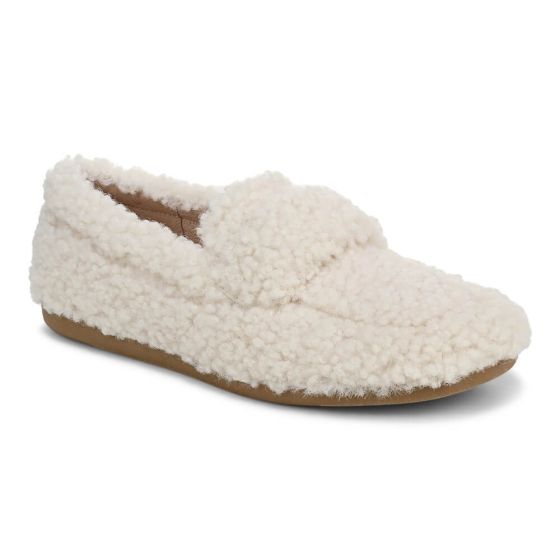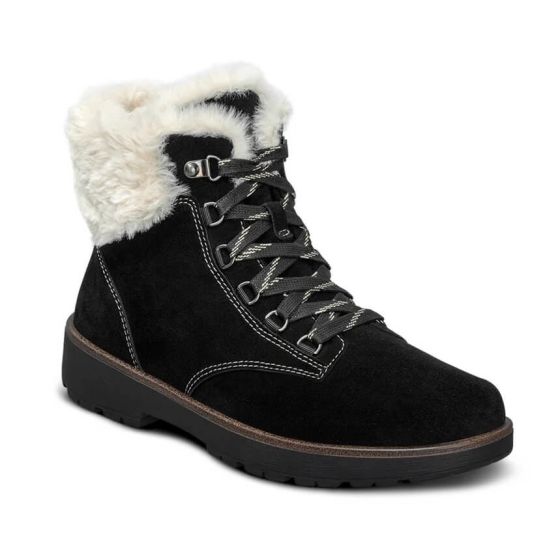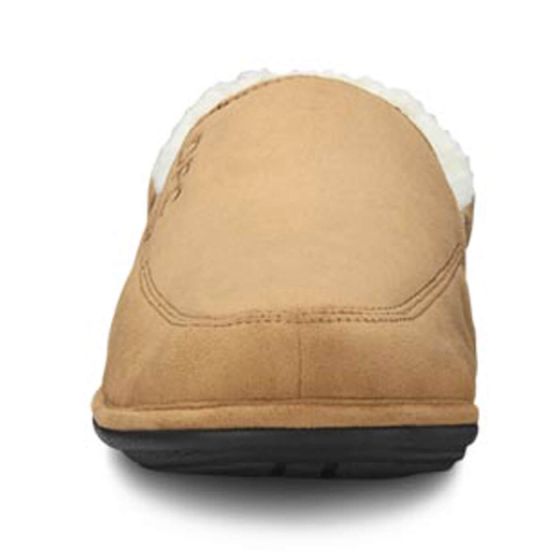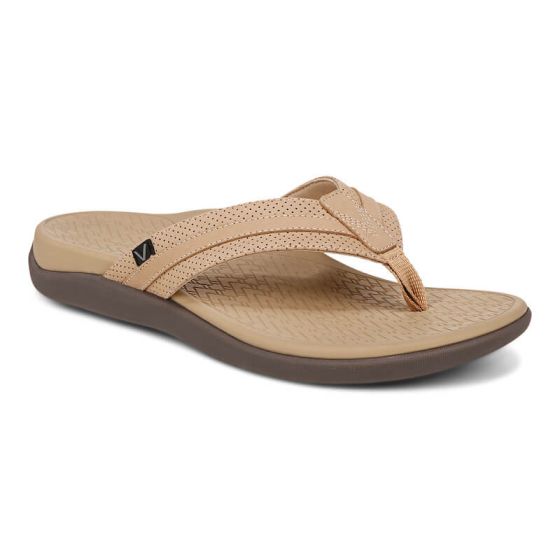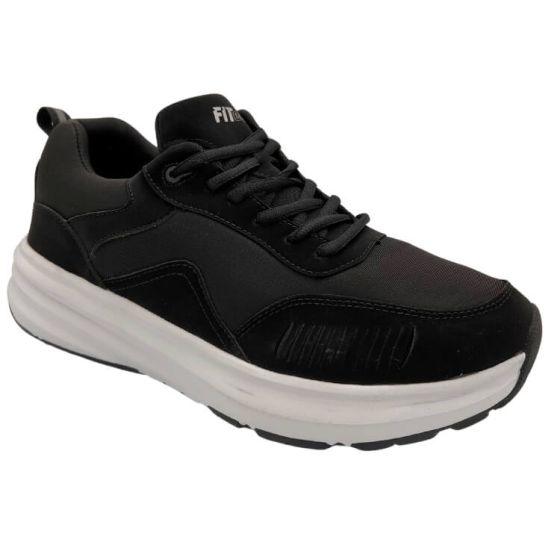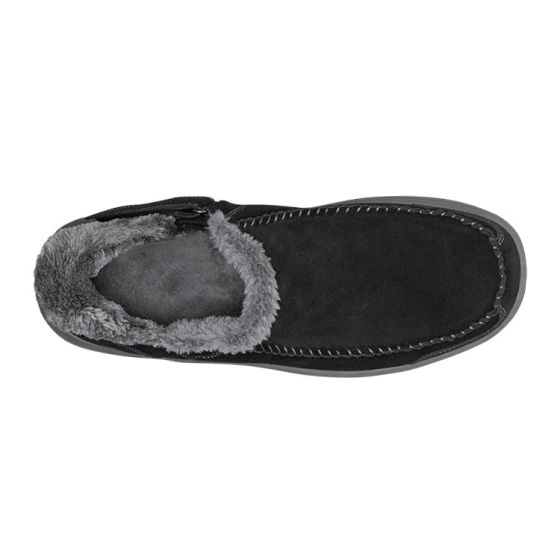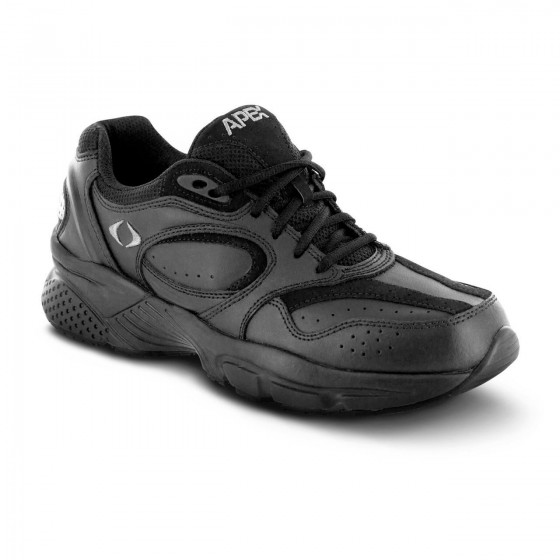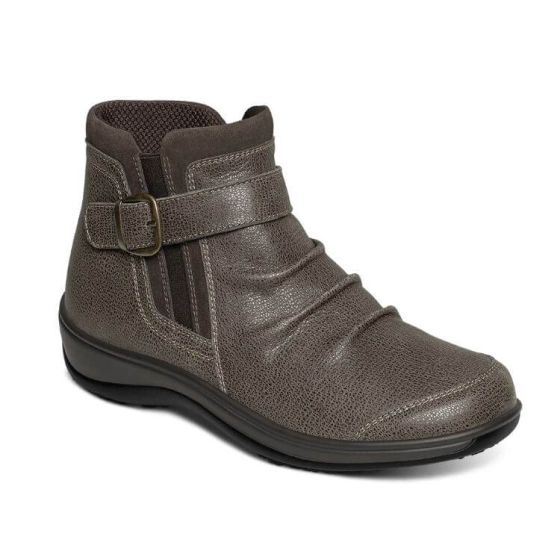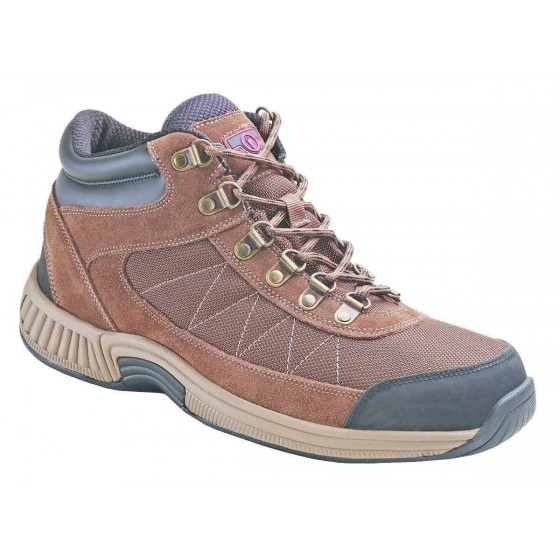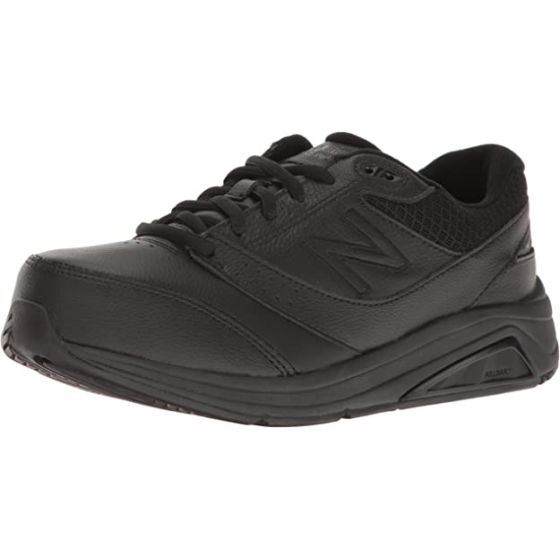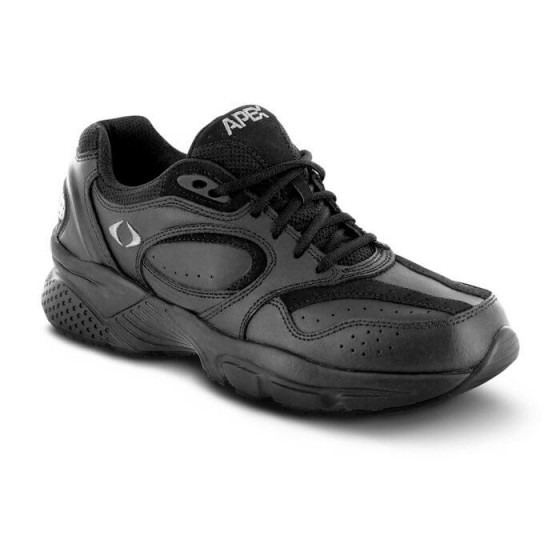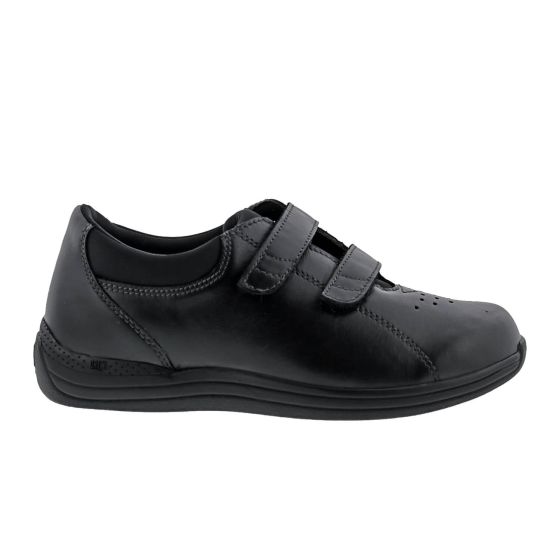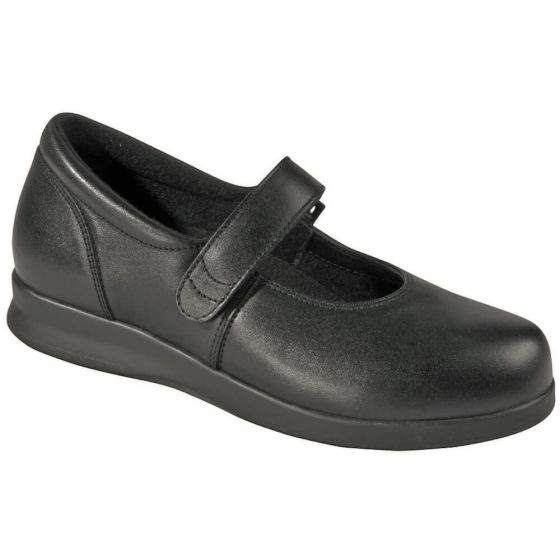free shipping desktop
Shoes For Overpronation
What is Overpronation?
Overpronation is a foot condition where the foot and ankle excessively roll inward when walking or running. As the foot strikes the ground and bears weight, the arch will flatten and cause the foot and ankle to roll inward beyond the normal range. The degree that the foot and ankle roll inward when overpronating can vary for...
Shoes For Overpronation
What is Overpronation?
Overpronation is a foot condition where the foot and ankle excessively roll inward when walking or running. As the foot strikes the ground and bears weight, the arch will flatten and cause the foot and ankle to roll inward beyond the normal range. The degree that the foot and ankle roll inward when overpronating can vary for each individual – ranging from mild to severe.
The result of overpronation is a misalignment in the lower extremities. Over time, these abnormal mechanics can contribute to various issues, such as shin splints, knee pain, and even problems higher up the kinetic chain, affecting the hips and lower back.
Causes of Overpronation
Several factors can contribute to overpronation. Below are some common causes:
- Genetics/Foot Structure – The structure of your feet is largely determined by genetics. If you have family members with flat feet or a tendency to overpronate, you may be more predisposed to it. The lack of a well-defined arch can lead to excessive rolling inward of the foot during the gait cycle.
- Improper Footwear – Shoes that lack proper arch support, stability, and cushioning can exacerbate the problem, as they fail to properly align the feet and ankles.
- Excess Body Weight – Being overweight can impact overpronation due to the increased stress and load placed on the feet. The arch of the foot acts as a shock absorber. When someone is overweight, the arch may flatten more than usual, leading to a collapse of the arch during weight-bearing activities.
- Aging – Physiological changes as we age can affect the structure and mechanics of the feet. Ligaments and tendons can lose some of their elasticity affecting the natural arch. The muscles that help support and align the lower body can weaken leading to overpronation. Not everyone will experience pronation solely to aging, but the wear and tear of joints and foot structure can contribute to this foot condition.
How Do Shoes Help With Overpronation?
Shoes designed with features to help with overpronation will promote a more natural gait and reduce the stress on your feet caused by overpronating. Below are some important shoe features that can help with this foot condition.
- Reinforced Heel Counter - A sturdy heel counter helps provide stability and support in the rearfoot. The firmness and structure of a reinforced heel counter prevents excessive side-to-side motion of the heel and ankle.
- Rigid Arch Support - A firm arch support will help stabilize the foot and prevent excessive inward rolling.
- Supportive Insoles - An insole with a stabilizer cap or heel cradle controls excessive movement and contributes to overall foot alignment. The stabilizer cap is a firm material extending from the heel to the mid-foot. It is usually made from a plastic or thermoplastic urethane.
- Wide Toebox - Allowing the toes to spread out naturally can create a broader base of support for your feet. This can contribute to improved stability, helping to counterbalance the tendency for the foot to roll inward.
- Motion Control Technology - There are many types of motion control technologies that can help with overpronation. Medial posts (dense foam or rigid material on inner side of midsole), dual-density midsole (firmer foam on inner side and softer foam elsewhere), and rollbar technology (firmer material in the midsole under the arch). Each shoe style may use one or a combination of these motion control features.

